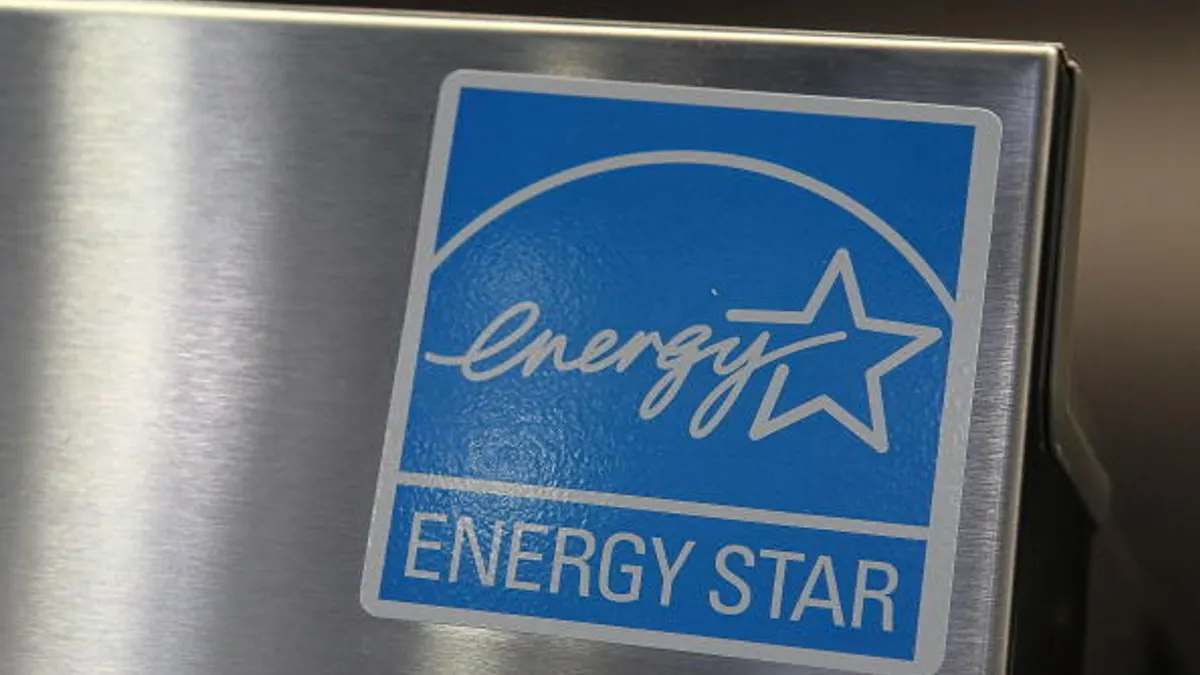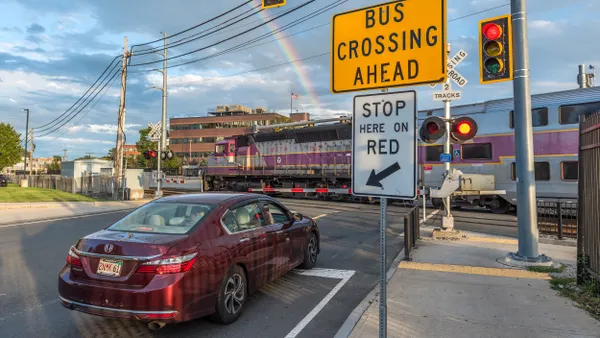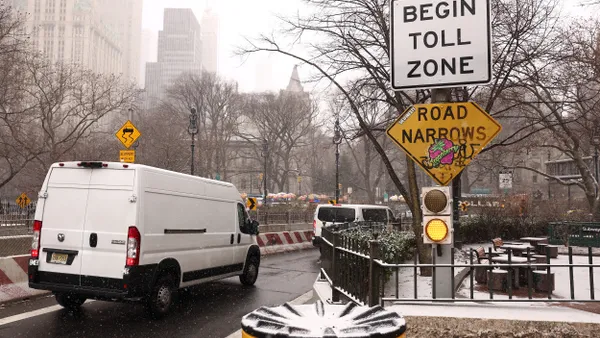Dive Brief:
- A Regional Plan Association report published last week found 18 income-eligible reduced fare transit programs in the U.S., and 17 cities with free bus programs.
- Citing a 2023 U.S. Bureau of Transportation Statistics study that found lower-income households having to spend 30% of their after-tax income on transportation in 2022, the report says that public transportation is an affordable alternative to car ownership.
- However, in the report’s case studies of seven transit systems including those in New York City, Boston and Los Angeles, only Seattle’s Orca Lift program saw enrollment of greater than half the eligible population.
Dive Insight:
“Reduced fare programs are a direct investment in the people who need it to get to their jobs, health appointments, and social connections,” Vanessa Barrios, co-author of the report and director of DEI initiatives at RPA, said in a statement. The nonprofit, which focuses on the New York metropolitan region, conducts research and advises cities, communities and public agencies.
The report made five recommendations to improve reduced- or free-fare programs.
Expand eligibility requirements. Widening income thresholds to a higher percentage of the federal poverty rate, as programs in Boston, Los Angeles and the Minneapolis-Saint Paul, Minnesota, region have done, allows more people to qualify for reduced fares.
Enable automatic enrollment. Allegheny County residents aged 12 to 64 automatically qualify for Pittsburgh Regional Transit's Allegheny Go reduced-fare program based on their participation in the federal Supplemental Nutrition Assistance Program. Such programs can alleviate the time and hassle of the application process.
Work with community-based organizations. Transit agencies in Los Angeles and Portland, Oregon, have partnered with local organizations that already have established relationships with residents.
Use more creative outreach programs. In-person events, advertising at bus stops and train stations and providing multilingual materials are some of the tactics transit agencies use to increase awareness of their programs.
Study community health benefits. The report states that gathering information and conducting research on the health benefits of reduced or free fares could solidify these programs and encourage other cities and transit agencies to introduce similar policies.
“Enacting the policy is not enough — riders and advocates need to be involved in ensuring that the enrollment and marketing of the program is robust so that it reaches all the riders that are eligible to participate,” Laura Chu, executive director of Pittsburghers for Public Transit, said in a statement.













